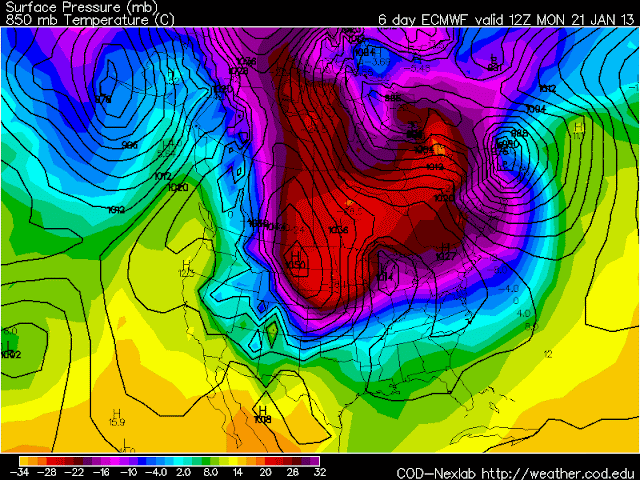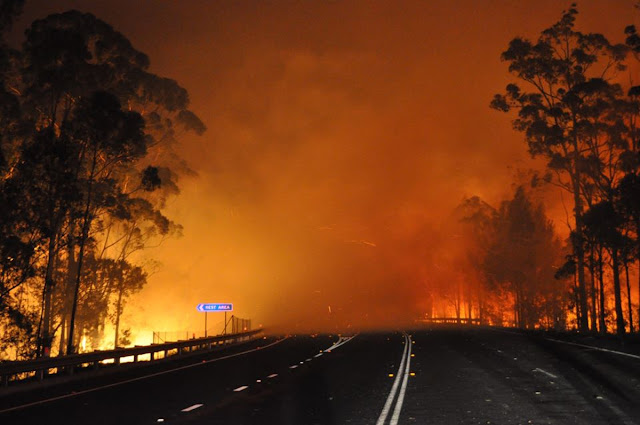Brief Weather Summary:
Here's a look at my latest seven day forecast:
For all of you cold weather lovers, long range forecast models are indicating a strong Arctic Cold Front will sweep through Texas next weekend around the 10th of February. Long range forecast models are indicating that this front will be strong enough to take highs down into the 30s for central Texas with overnight lows plummeting well below freezing into the 10s and 20s. Keep in mind, this forecast is subject to change. Forecasting that far out is not a sure thing. Ahead of the front next weekend, temps look to soar into the 80s on a strong southwesterly wind.
Here's a look at the long-range GFS Temperature/Wind Model for Sunday, February 10th: Arctic Front will be pushing through the Texas Panhandle.
Upper level winds look very favorable for a blast of cold, Arctic Air to push into Texas. The forecasted 500mb map looks very similar to what it looked like during the big Arctic Blast back on January 31 through February 4, 2011
Long range forecast for 2/10/13 through 2/14/13 (Valentine's Day):
Sunday: Partly sunny, warm, and breezy with a high in the upper 70s to lower 80s; chance for late day showers and storms as the arctic front approaches
Monday: Front moves in early Monday dropping temps into the 30s on a gusty northerly wind by the afternoon; mostly cloudy
Tuesday: Area wide freeze in the 20s...highs only climb into the 30s; mostly cloudy
Wednesday: Frigid start in the 20s/30s gives way to some afternoon sun and temps in the 40s
Thursday: Cold start in the 30s gives way to a partly sunny and cool day in the 50s
***Please understand that this forecast is not set in stone; this is just an early prediction at what MAY happen, a lot can change between now and next weekend***


























































